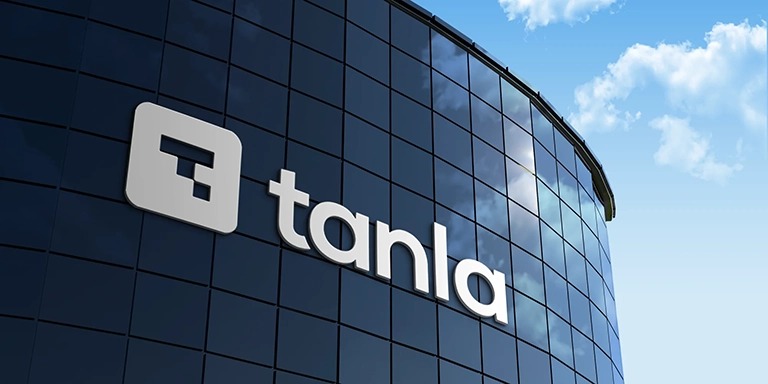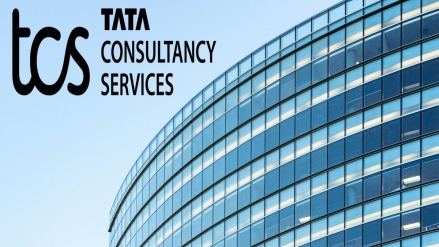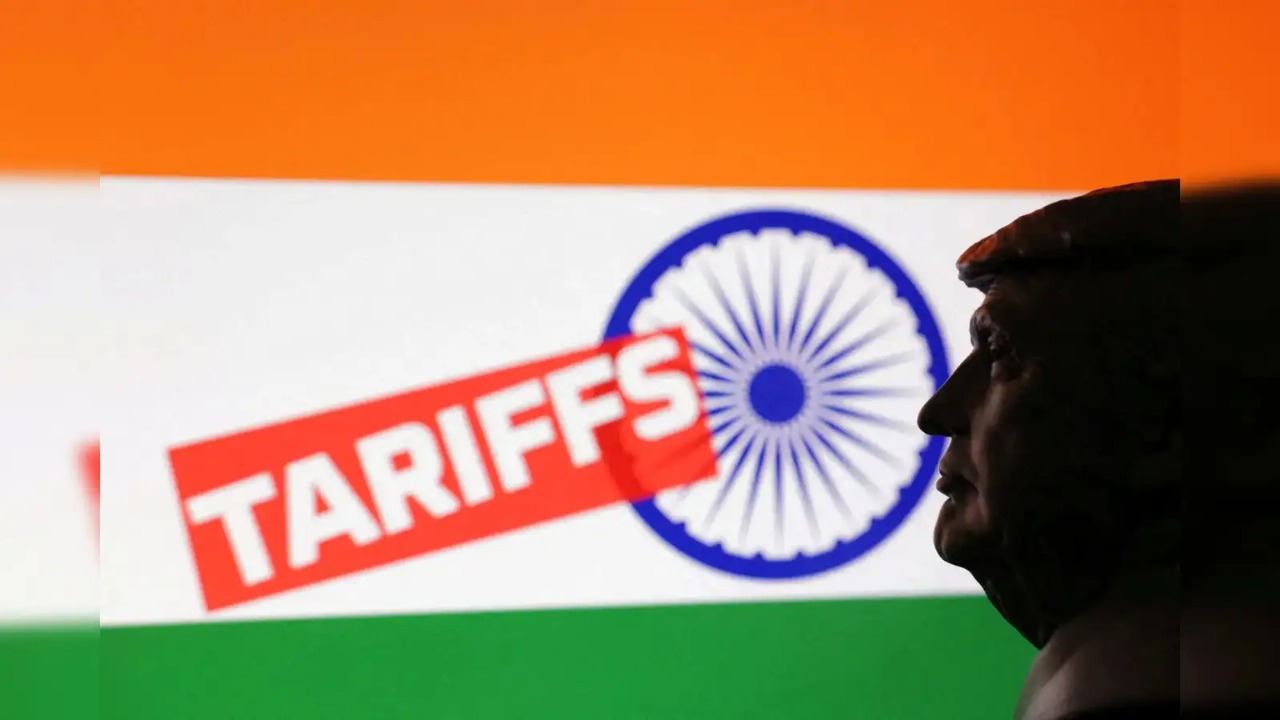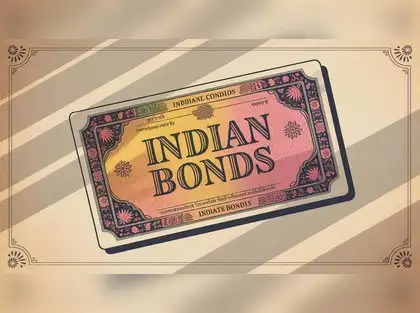
Follow WOWNEWS 24x7 on:
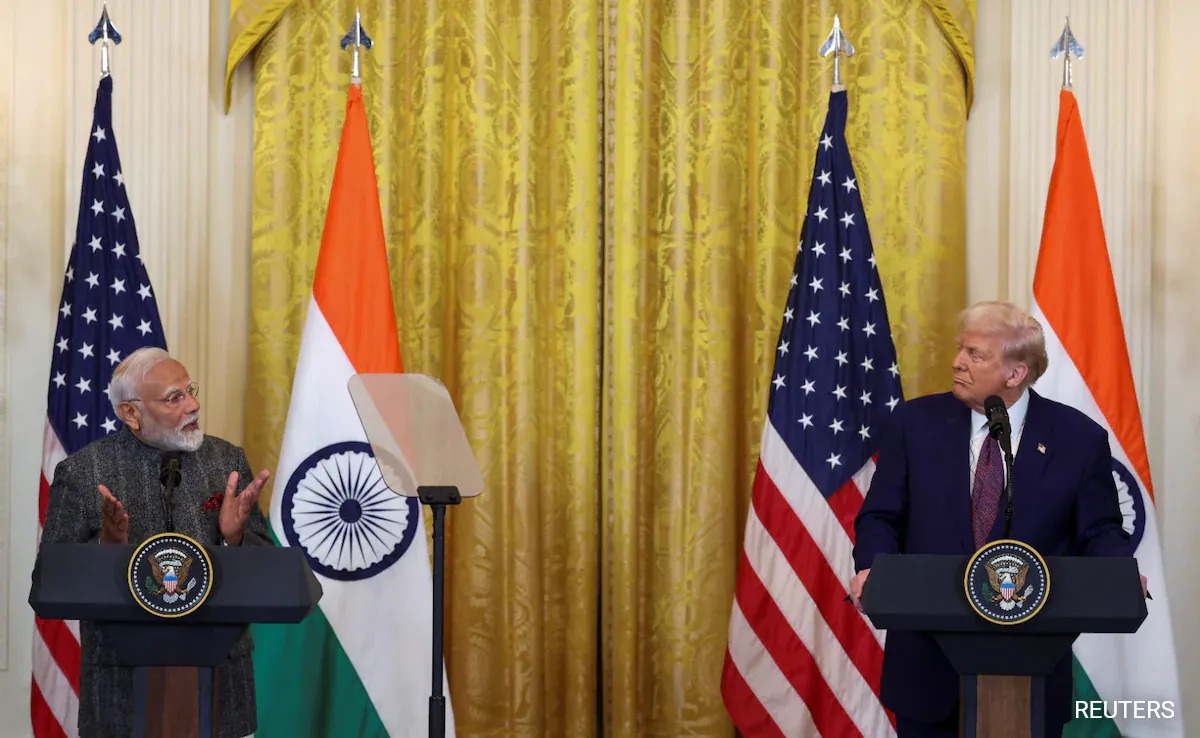
In a dramatic escalation of trade tensions, former US President Donald Trump’s latest tariff hike—doubling duties on Indian goods to 50%—has spared a significant chunk of India’s exports. Despite the sweeping nature of the executive order signed on August 6, nearly $30 billion worth of Indian exports, including pharmaceuticals, smartphones, and energy products, remain untouched for now. This selective exemption has sparked both relief and uncertainty across India’s export ecosystem.
Key Highlights from the Executive Order
- The 50% tariff hike, effective August 7, was introduced after the collapse of trade negotiations between India and the US.
- The Trump administration justified the move as retaliation for India’s continued procurement of Russian energy and arms.
- However, the executive order includes a carve-out list that exempts critical sectors from the increased duties.
Sectors That Escaped the Tariff Blow
1. Pharmaceuticals
India exported $10.5 billion worth of pharmaceutical products to the US in FY25. These include finished drugs and active pharmaceutical ingredients (APIs), which are vital to the American healthcare system. Their exemption reflects strategic interdependence and supply chain sensitivities.
2. Electronics and Smartphones
Electronics, including smartphones and semiconductors, accounted for $14.6 billion in exports. These products are part of a broader tech ecosystem that the US relies on for consumer and industrial needs. Their exclusion from the tariff hike signals a cautious approach to avoid disrupting domestic markets.
3. Energy Products
Petroleum exports worth $4.09 billion were also spared, thanks to their inclusion in the energy exemption list. This includes refined fuels and crude oil, which play a role in stabilizing US energy prices.
Why These Exemptions Matter
- Together, these three sectors represent over 29% of India’s total exports to the US, which stood at $86.5 billion in FY25.
- The exemptions offer temporary relief to Indian exporters, especially in high-value and strategic industries.
- They also reflect the US’s need to balance geopolitical signaling with economic pragmatism.
Uncertainty Looms Over Future Policy
- Trump has warned that tariffs could rise to 250% on foreign-manufactured pharmaceuticals if trade negotiations continue to stall.
- The status of smartphones and other electronics may also change depending on future executive decisions.
- The carve-out list is subject to revision, and preferential access to the US market is not guaranteed long-term.
Impact on Non-Exempted Sectors
- Labour-intensive industries such as textiles, leather, and handicrafts are expected to bear the brunt of the tariff hike.
- These sectors typically operate on thin margins and are less resilient to sudden cost escalations.
- Exporters in these domains are bracing for reduced competitiveness and potential order cancellations.
India’s Strategic Response
- India and the US are still working toward a broader Bilateral Trade Agreement (BTA), targeted for finalisation by the end of 2025.
- Indian trade officials are expected to push for expanded exemptions and more favorable terms in upcoming negotiations.
- Meanwhile, exporters are exploring alternative markets and supply chain adjustments to mitigate risks.
Conclusion
While Trump’s tariff escalation has rattled India’s trade corridors, the survival of key sectors like pharma, electronics, and energy offers a silver lining. However, the road ahead remains uncertain, and the exemptions may be temporary. The evolving trade dynamics between India and the US will depend heavily on diplomatic negotiations and strategic recalibrations in the months to come.
Sources: Firstpost, Times of India, and Times Now.
